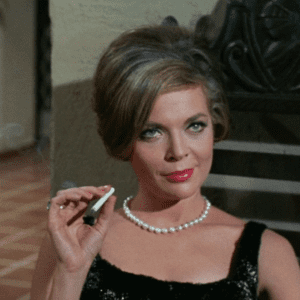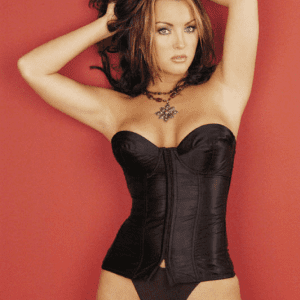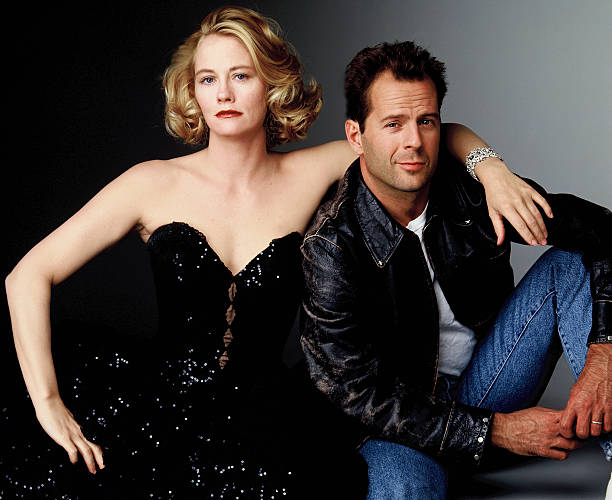
Cybill Shepherd’s work as Maddie Hayes carved out a template for the modern TV heroine: glamorous yet grounded, decisive yet vulnerable, fierce in negotiation yet attuned to human need. From her first stride into Blue Moon with that cool, appraising gaze, the character announces a woman who will not be reduced to décor. Shepherd calibrates posture and poise as storytelling tools—shoulders squared for boardroom leverage, a quick tilt of the chin for boundary-setting, a loosening stance when compassion overtakes calculation. The effect is a portrait of a former model-turned-executive who treats agency ownership as both business and mission, insisting on standards that keep the firm solvent and the narrative honest.
Video: Moonlighting – Moonlighting – Al Jarreau
Screwball DNA: Timing, Banter, and Breath Control
Moonlighting revives screwball rhythms for the 1980s, and Shepherd orchestrates those cadences with musical precision. She uses breath like a metronome—inhale to build tension, clipped exhale to deploy the punch line, a suspended half-beat to let subtext bloom. Against David Addison’s rapid-fire riffing, her tempo either matches stride for stride or undercuts it with icy comedic restraint, the kind that can puncture bravado with a single, dry syllable. Shepherd’s line readings honor the melody of classic banter while adding modern edge: the words are fast, but the thought behind them is faster.
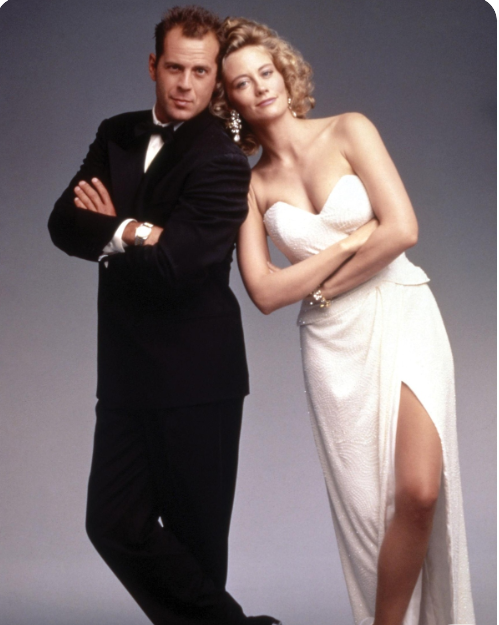
Chemistry as Craft, Not Accident
The show’s electricity doesn’t simply “happen.” Shepherd builds it. Eye-line choices track from challenge to curiosity, then to reluctant admiration; micro-reactions telegraph both the thrill and the risk of partnership. When dialogue sparks, she keeps her body a half-step angled away—flirtation with guardrails. When the plot tips toward intimacy, she squares to camera, letting the viewer witness a choice rather than a drift. By playing attraction as a negotiation—professional, ethical, and personal—Shepherd turns chemistry into a narrative engine that can throttle up or down without losing credibility.
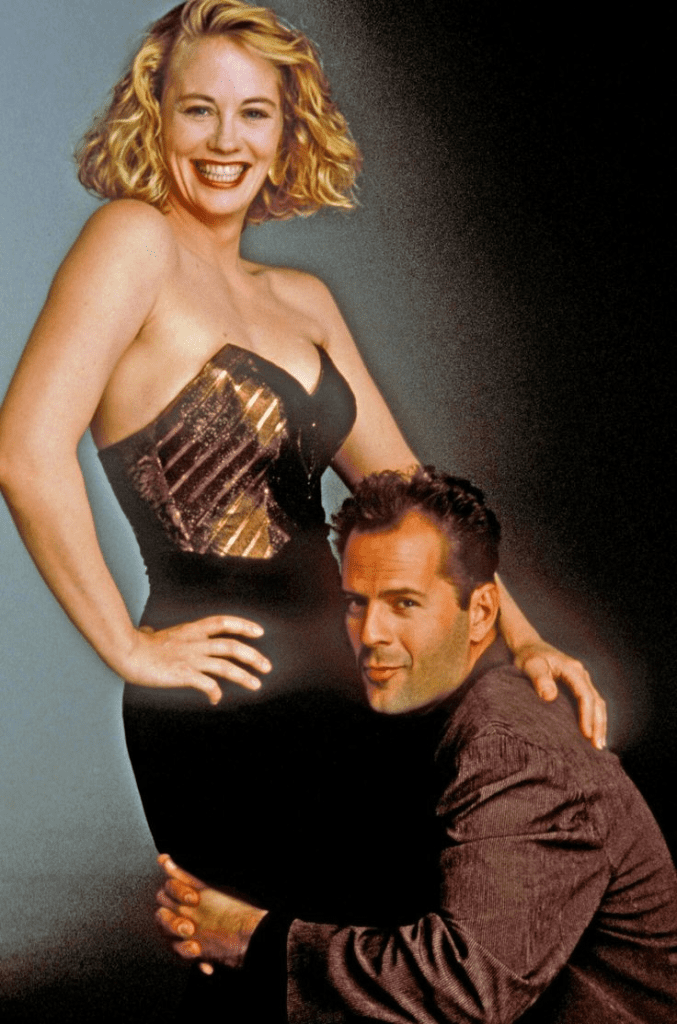
From Glamour to Grit: Costuming, Lighting, and Performance Design
The series’ soft-focus glamour and neon-kissed palette become part of Shepherd’s toolkit. She plays with silhouette the way a stage actor uses a spotlight, shifting from pastel elegance to sharp-shouldered power to signal intent. Under noir lighting, she leans into shadow to texture subtext; under brighter setups, she sharpens diction to cut through visual gloss. Rather than letting the show’s stylish surface carry her, Shepherd works against it when needed, bringing grit to scenes that could skate by on charm and sheen.
Video: MOONLIGHTING
Leadership in the Frame: The Business of Blue Moon
Maddie’s office isn’t a backdrop; it’s an arena where Shepherd stages competence. She counts invoices with crisp gestures that read on camera, flags expenses with a pen tap that doubles as a punctuation device, and swivels between desk and door to manage the flow of staff and story. She never treats professional stakes as filler. When the agency’s solvency hangs by a thread, the comedy tightens but never trivializes. Shepherd fosters a credible work environment: deadlines, client politics, HR headaches, compliance—then threads humor through the real constraints. It’s character leadership rendered in blocking and props.

Meta Mischief: Fourth-Wall Winks Without Cheapening Stakes
Moonlighting’s signature rule-bending—cold opens, genre swerves, fourth-wall asides—asks actors to be nimble. Shepherd navigates these pivots with tonal intelligence. A side glance to the audience lands as invitation, not undercut; a playful tag reads as bonus, not escape hatch. In episodes that leap into noir, musical, or Shakespearean pastiche, she adapts diction and posture like a repertory veteran, honoring the gimmick while maintaining Maddie’s throughline. The trick is that she never abandons character logic for a joke; the joke succeeds because the character logic remains intact.
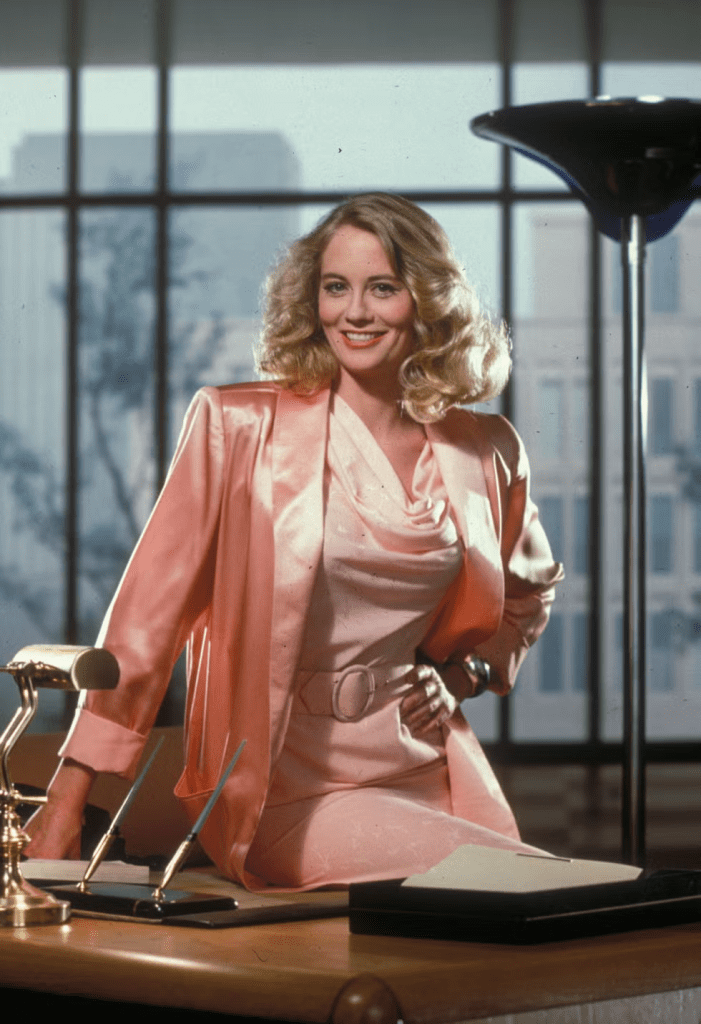
The Art of Saying “No”
Boundaries are narrative currency in Moonlighting, and Shepherd mint-marks them with authority. She lets “no” arrive in phases: the quick eyebrow veto, the slowed cadence that warns of consequences, the decisive turn of the body that shuts a door while leaving the relationship intact. This is performance as ethics. By refusing shortcuts—romantic, professional, or moral—she makes every “yes” feel earned, which is why the famous push-pull never curdles. Viewers stay invested because Maddie’s limits are consistent, legible, and rooted in self-respect.
Dramedy Balance: When Humor Meets Hurt
Shepherd’s dramatic beats land because she refuses sentimentality. She lets fear travel first through breath and gaze before it reaches speech, creating a micro-storm the camera can read. A single exhale can mark surrender, resolve, or both, depending on the angle. When conflict with David breaches the comic surface, she softens volume but sharpens diction, signaling that the rules of engagement have changed. The show’s tonal tightrope—laugh, then ache, then laugh again—holds because Shepherd treats emotion as consequence, not contrivance.

Set Pieces That Showcase Range
The black-and-white homage, the Shakespeare send-up, and the jazz dream sequence reveal how Shepherd treats genre as a gym for technique. In noir, she sculpts stillness; in verse, she lets cadence do the lifting; in musical fantasy, she sells the silent beat that frames the movement. Across these flights, she keeps Maddie’s intellect and agency visible. Even when the show goes operatic, Shepherd ensures the emotional math adds up: desire costs something, pride costs something, choosing partnership costs something—and the audience sees the ledger.
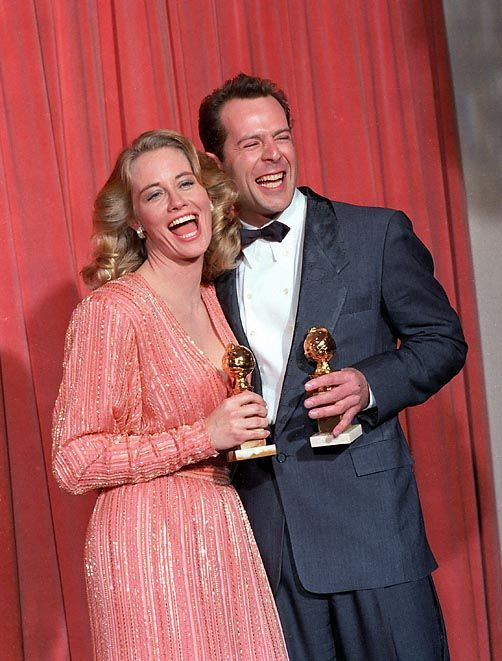
Physical Comedy with Executive Polish
Door slams, desk pratfalls, misfired high heels—Shepherd wields physical comedy with CEO efficiency. A stumble is never tossed-off; it is plotted—one step too quick, a look back at David, a collision with a file cart—to serve character and story beat. She uses props to extend punch lines: a phone cradled just a touch too long, a ledger snapped shut on a fib, a pen clicked in sync with legalese to deflate swagger. It’s elegance weaponized for humor.
Video: Cybill Shepherd Wins Golden Globe Award 1986
Language as Leverage
Maddie’s vocabulary is a character asset. Shepherd slips from corporate jargon to moral clarity in a sentence, illustrating how authority can be playful without losing weight. When she needs to land a boundary, polysyllables give way to plain talk. When she needs to buy time, the diction becomes velvet—polite enough to lull, precise enough to trap. The performance turns language into leverage, showing viewers how a leader wins rooms without raising volume.
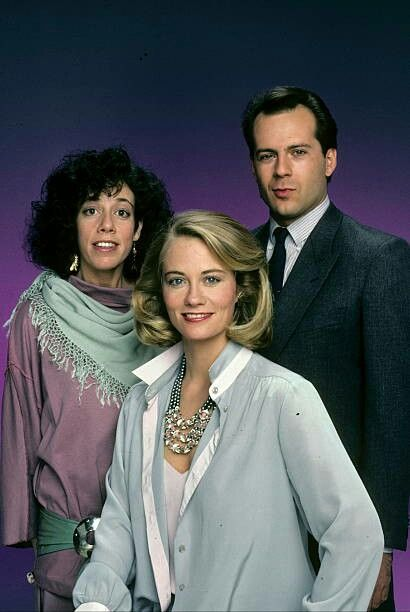
The Long Arc: Evolving Desire, Evolving Rules
Over seasons, Shepherd charts a credible evolution: the executive who hired a chaos agent becomes a strategist who chooses him—on her terms, under terms they build together. She registers every step in small increments: an extra beat before a retort, a softer exit after a hard meeting, a rare, unguarded smile that lands like a promise. When circumstances test them, she doesn’t reboot the character; she adds layers—fatigue, caution, memory—so that breakthroughs feel cumulative rather than convenient.
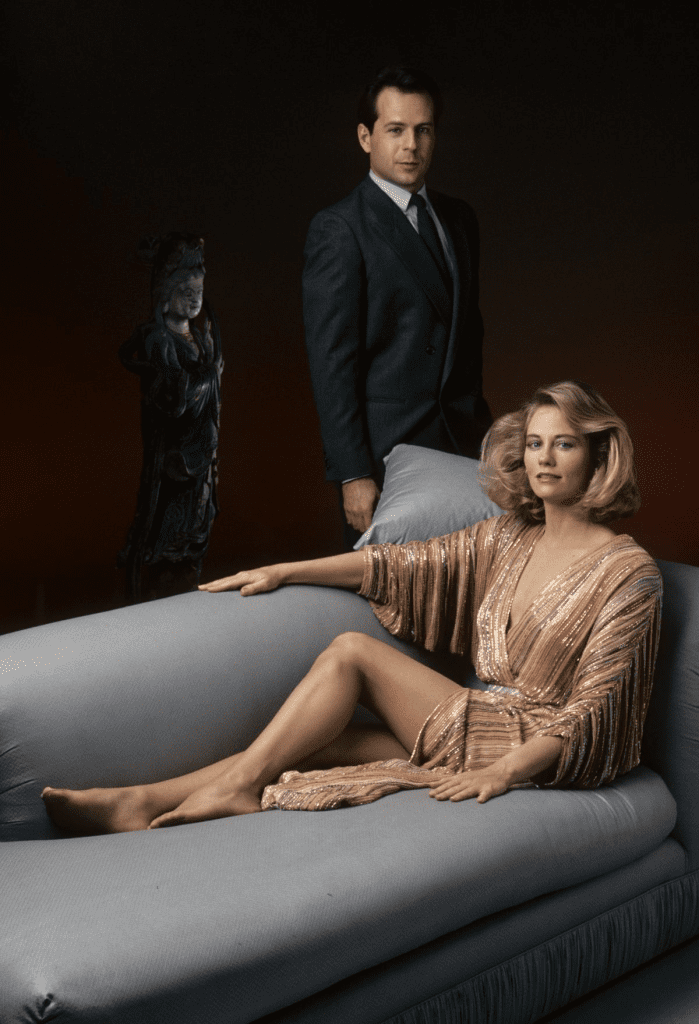
Legacy: A Playbook for Modern Dramedy
The performance seeded a generation of series that blend romance, mystery, and workplace stakes. You can trace its influence in later shows where banter bears weight and female leads hold the center without giving up edge. Shepherd proved that a prime-time hour could be glossy and grounded, experimental and emotionally responsible, laugh-out-loud funny and dead serious when it counts. That balance is the legacy: a high-wire act made to look effortless by discipline and design.

Cybill Shepherd doesn’t just share the stage; she defines it. By turning Maddie Hayes into a compass—true north for ethics, business sense, and desire—she gives Moonlighting its pulse. The show dazzles because the center holds, and the center holds because Shepherd plays every beat like it matters. Wit carries the day, style frames the moment, and heart seals the deal. Years later, the glow remains.
